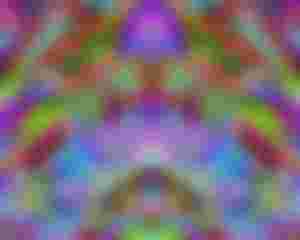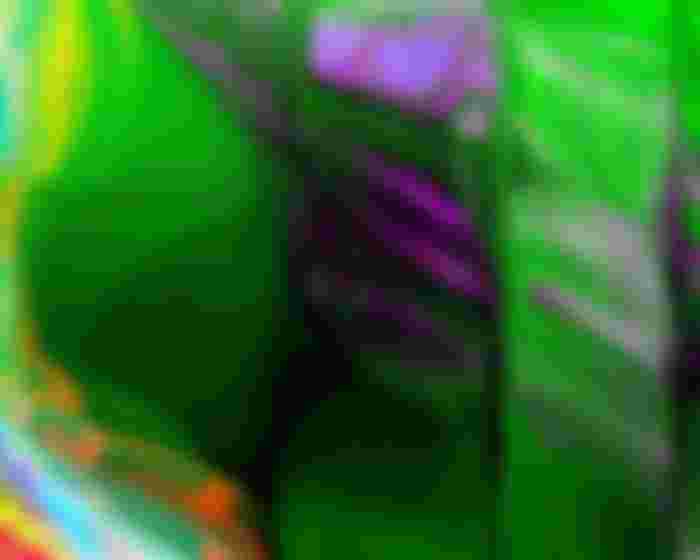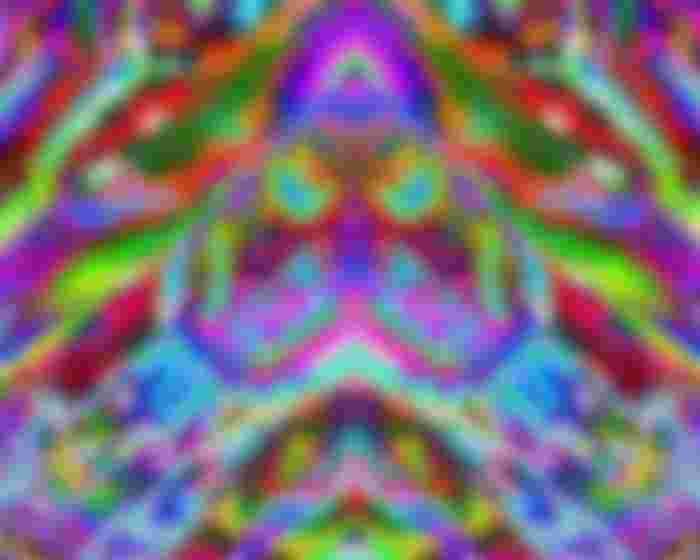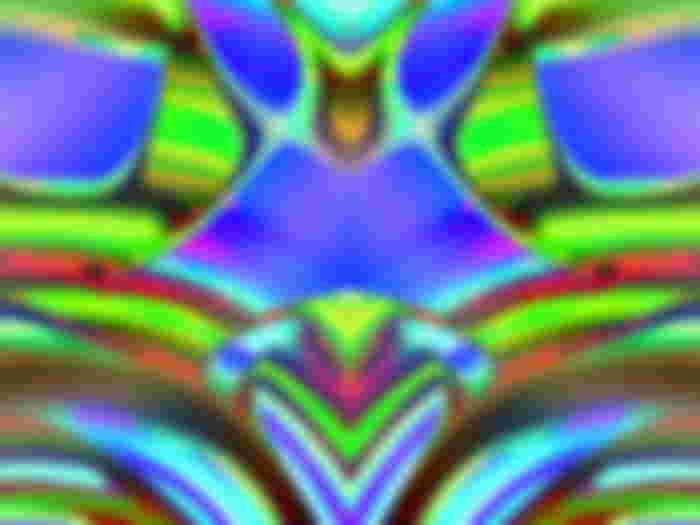I've been enjoying noise.cash and decided to try read.cash, so this is my first post here.
I've been doing some experiments with computer graphics (i.e. the lead image was a variant of the Mandelbrot set) and trying observe what sort of visual qualities different mathematical structures might appear as and have found quite a few interesting discoveries.
Here are a few samples.
Here's an image generated by using some properties extracted from simulations of the 3-body chaotic orbitals "problem" in physics https://en.wikipedia.org/wiki/Three-body_problem

Here is an image generated by a modified version of the Greatest Common Divisor algorithm (GCD https://en.wikipedia.org/wiki/Greatest_common_divisor )

and this is a more recent experiment using a few techniques simultaneously. The left/right symmetry was intentional because it tends to generate pleasant looking images and a function used for color selection was derived from the chaotic characteristic of a recursive logistic mapping https://en.wikipedia.org/wiki/Logistic_map

It's an adventure and "work in progress. Hopefully, I'll have some more interesting finds to share here.
Enjoy



Good job sir Steve mathematical art is the most difficult one, solving or making a conclusion or even creating art with it. Mathematics is the most common hatred subject by student and really appreciate you sir you make an art with it.